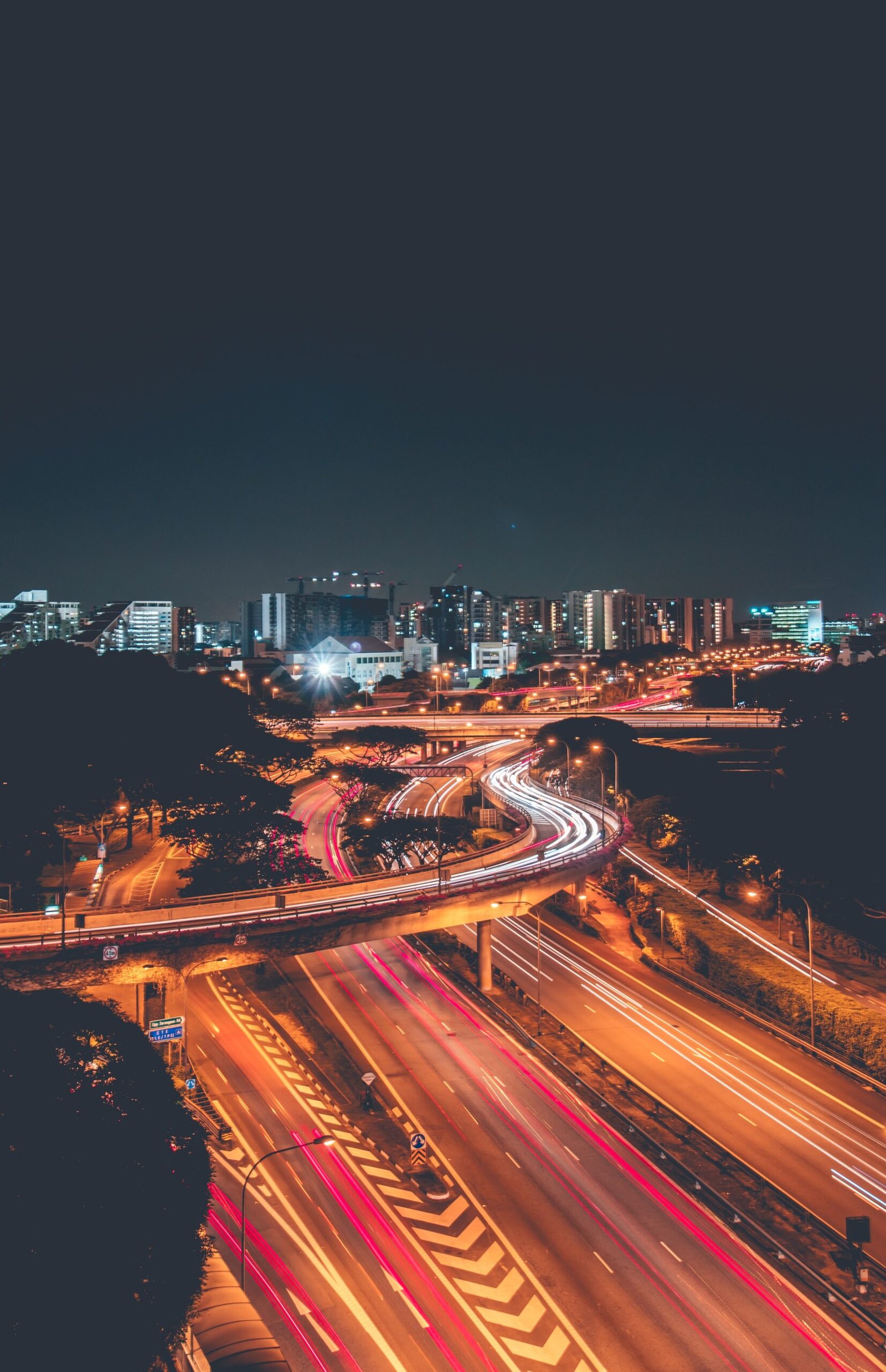
Introduction
Long exposure photography is a captivating technique that allows photographers to create stunning images by capturing the passage of time. By using longer shutter speeds, photographers can capture movement and transform ordinary scenes into extraordinary works of art. In this article, we will explore the world of long exposure photography, discussing various techniques, equipment, and tips to help you unleash your creativity and capture mesmerizing moments.
Understanding Long Exposure
Long exposure photography involves using a longer shutter speed, typically ranging from a few seconds to several minutes. This extended exposure time allows the camera’s sensor to capture the movement of subjects, resulting in unique and ethereal effects.
Equipment Needed
To get started with long exposure photography, you will need the following equipment:
- A sturdy tripod: Since longer shutter speeds require stability, a tripod is essential to keep your camera steady during the exposure.
- A camera with manual controls: Manual control over shutter speed, aperture, and ISO is crucial for achieving the desired long exposure effect.
- A remote shutter release: Using a remote shutter release eliminates the risk of camera shake when pressing the shutter button.
- Neutral density (ND) filters: ND filters reduce the amount of light entering the camera, allowing for longer exposures even in bright conditions.
Techniques for Long Exposure Photography
Light Trails
One of the most popular long exposure techniques is capturing light trails. This involves photographing moving light sources, such as cars on a busy road or stars in the night sky. To achieve this effect, find a location with interesting light trails, set up your camera on a tripod, and use a slow shutter speed. Experiment with different exposure times to capture the desired effect.
Smooth Water and Clouds
Long exposure can also be used to create smooth, dreamy water surfaces and soft, flowing clouds. By using a longer shutter speed, the movement of water or clouds is captured, resulting in a serene and ethereal effect. To achieve this, set up your camera on a tripod near a body of water or open sky, and experiment with different shutter speeds to achieve the desired level of motion blur.
Star Trails
Creating mesmerizing star trail images is another popular long exposure technique. Find a location away from light pollution, set up your camera on a tripod, and use a slow shutter speed. As the Earth rotates, the stars will appear as streaks across the sky. Experiment with different exposure times to capture longer or shorter trails.
Tips for Successful Long Exposure Photography
Plan and Prepare
Before heading out to capture long exposure images, plan your shoot carefully. Scout locations, check weather conditions, and research the best time for capturing the desired effect. This preparation will increase your chances of capturing stunning images.
Use a Tripod and Remote Shutter Release
Stability is crucial in long exposure photography. Always use a sturdy tripod to keep your camera steady during the exposure. Additionally, use a remote shutter release or the camera’s built-in timer to eliminate any camera shake caused by pressing the shutter button.
Experiment with Shutter Speeds
Don’t be afraid to experiment with different shutter speeds to achieve the desired effect. Longer shutter speeds will result in more pronounced motion blur, while shorter speeds will freeze the movement. Play around with different settings to find the perfect balance for your composition.
Consider Using ND Filters
Neutral density (ND) filters are essential for long exposure photography, especially in bright conditions. These filters reduce the amount of light entering the camera, allowing for longer exposures without overexposing the image. Experiment with different ND filter strengths to achieve the desired effect.
Review and Adjust
Review your images on the camera’s LCD screen and make adjustments as necessary. Pay attention to the exposure, composition, and overall effect. Be open to experimentation and don’t be afraid to try new techniques or revisit locations for better results.
Conclusion
Long exposure photography is a fascinating technique that offers endless creative possibilities. By mastering the art of capturing time, you can create mesmerizing images that evoke emotions and tell unique stories. With the right equipment, techniques, and a dash of creativity, you can unlock the full potential of long exposure photography and capture breathtaking moments that will leave a lasting impression.